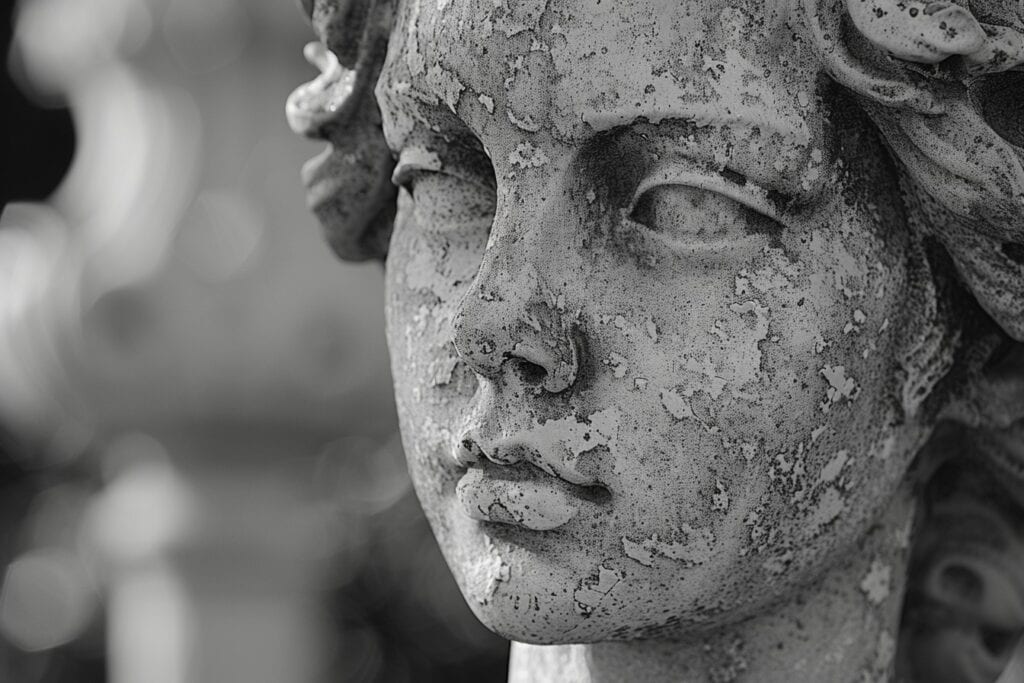Table of Contents
Venus is the second planet from the Sun, known for its brightness when viewed from Earth.
Associated Gods:
| Deity Name | Culture | Attributes | Associated with Venus as |
|---|---|---|---|
| Aphrodite | Greek | Love, beauty, pleasure, procreation | Goddess of love and beauty |
| Venus | Roman | Love, beauty, fertility | Goddess of love and beauty |
| Inanna | African | Love, beauty, fertility | Goddess of love and beauty |
| Inanna | Sumerian | Love, beauty, sex, fertility, war | Goddess of love and beauty |
| Ishtar | Akkadian/Babylonian | Love, beauty, sex, fertility, war | Goddess of love and beauty |
| Hathor | Egyptian | Love, beauty, music, motherhood, joy | Goddess of love and beauty |
| Tlahuizcalpantecuhtli | Aztec | Destruction, dawn | God of dawn (morning star) |
| Quetzalcoatl | Aztec | Light, knowledge | God of evening star |
| Astarte (Ashtart) | Canaanite | Fertility, sexuality, war | Goddess of fertility and war |
| Frigg | Norse | Love, beauty | Associated with love and beauty |
| Freya | Norse | Love, beauty, fertility | Associated with love and beauty |
Cayce about Venus
“In Venus we find the love of home, of companions, of friends and close relations…” (24-4)
“As we find in the Venus influences, one that makes friendships; one that has a following in whatever endeavor the entity may make in the experience.” (1437-1)
“In Venus we find the love, patience, kindness, gentleness, as well as the appreciation of beauty, the appreciation of the try…” (3647-1)
The goddess Venus

The goddess Venus is a central figure in Roman mythology, known as the goddess of love, beauty, desire, sex, fertility, prosperity, and victory. She is equivalent to the Greek goddess Aphrodite, but has distinct Roman characteristics and origins.
In Roman mythology, Venus was the mother of the Roman people through her son, Aeneas, who survived the fall of Troy and fled to Italy. Julius Caesar claimed her as his ancestor.
Venus is often associated with symbols that reflect her attributes, including roses, which signify beauty and love; myrtle, which represents marriage; and the dove, which stands for peace and love. Other common symbols include seashells and apples.
In art, Venus is frequently depicted as a beautiful, often unclothed or partially draped woman, symbolizing her connection to romantic and erotic love. Her representations have been popular in classical, Renaissance, and modern art.
Venus has had a significant influence on Western art and culture. Her image and stories appear in numerous artworks, such as Botticelli’s famous painting “The Birth of Venus” and many other works by notable artists.
Venus was worshipped in several festivals, including the Veneralia, a festival celebrated on April 1st, dedicated to Venus Verticordia, the protector against vice. Her temples were popular pilgrimage and worship sites in ancient Rome.
Venus’ Key facts
Venus has a thick atmosphere composed mainly of carbon dioxide, with clouds of sulfuric acid, making it the hottest planet in our solar system despite not being the closest to the Sun. This is due to the greenhouse effect.
The surface of Venus is rocky and volcanic with a high surface temperature that averages around 465°C (869°F). The pressure on the surface is intense, equivalent to being about 900 meters (2953 feet) underwater on Earth.
Interestingly, Venus has a slow rotation and spins in the opposite direction to most planets in the solar system. This means that on Venus, the Sun would appear to rise in the west and set in the east. Its day is longer than its year, with each day lasting 243 Earth days and each year lasting about 225 Earth days.
Venus has been a target for several robotic missions, primarily by NASA and the Soviet space program. Past missions have included orbiters, landers, and atmospheric probes, each revealing more about this mysterious planet.
Often called Earth’s twin due to their similar sizes, Venus differs dramatically in terms of climate and atmospheric conditions.
